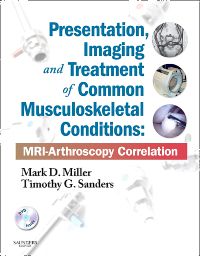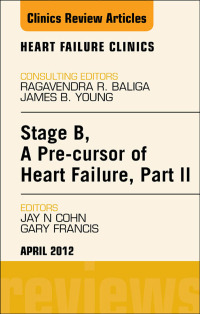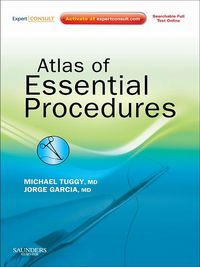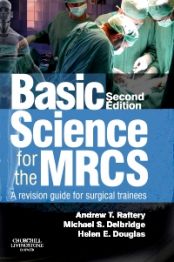by Catherine C. Goodman
Recognizing and Reporting Red Flags for the Physical Therapist Assistant will help you develop skills to recognize signs and symptoms that can compromise patient care, It is the first text to present a consistent, three-step model for monitoring patients for red flags relating to neuromuscular and musculoskeletal problems, medical diseases, side effects of medications, and other co-morbidities that may be unknown to the PT. Combining the insights of physical therapist Catherine Cavallaro Goodman and physical therapist assistant Charlene Marshall, this resource is unmatched in providing clear guidelines for finding and documenting red flags.
- Coverage of warning flags includes red and yellow flags, risk factors, clinical presentation, signs and symptoms, helpful screening clues, and guidelines for communicating with the PT, allowing you as the PTA to quickly recognize the need for any re-evaluation of the patient.
- Three-step approach to formative assessments of physical therapy patients provides a consistent way to watch for and report on adverse changes such as range of motion, strength, pain, balance, coordination, swelling, endurance, or gait deviations.
- PTA Action Plans show the clinical application of text material relating to observing, documenting, and reporting red (or yellow) flags to the physical therapist.
- Clinically relevant information includes the tools that you need to monitor the patient’s response to selected interventions, and accurately and quickly report changes to the supervising PT.
- Picture the Patient sections address what to look for when assessing or working with patients, especially typical red flag signs and symptoms of emerging problems.
- Case examples and critical thinking activities connect theory to practice, showing the role of the PTA and how the PTA can integrate clinical observations with clinical reasoning skills so that they can.
- Cognitive processing-reasoning approach encourages you to learn to gather and analyze data, pose and solve problems, infer, hypothesize, and make clinical judgments, so that you can notify the supervising PT of clients who need further evaluation or may require a referral or consultation with other health care professionals.
- Summary boxes and tables highlight key information for quick reference.
- Key terminology is listed in each chapter, which each term bolded within the chapter and defined in a back-of-book glossary.
- Full-color illustrations and design clearly demonstrate pathologies and processes and make lookup easier in busy clinical settings.
- An Evolve companion website enhances your problem-solving and decision-making skills with additional case studies, problem-solving questions, and activities, as well as screening tools and checklists.
- Combined authorship by a physical therapist and physical therapist assistant provides an authoritative and unique voice in the PTA field.
Product Details
- ISBN-13: 9781455745388
- Publisher: Elsevier Health Sciences
- Publication date: 9/16/2014
- Pages: 248

 Presentation, Imaging and Treatment of Common Musculoskeletal Conditions: MRI-Arthroscopy Correlation (Original PDF from Publisher)
Presentation, Imaging and Treatment of Common Musculoskeletal Conditions: MRI-Arthroscopy Correlation (Original PDF from Publisher) 


















Reviews
There are no reviews yet.